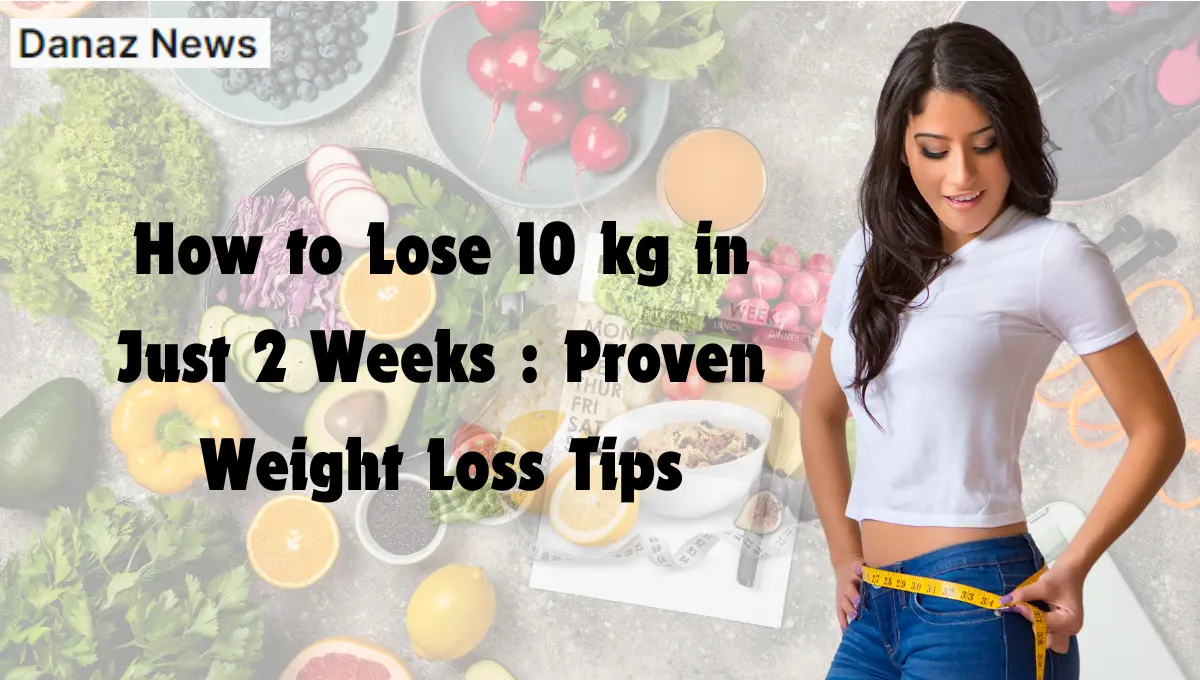In the quest for effective weight loss strategies, individuals often explore various meal options that are both nutritious and satisfying. One such food that has gained immense popularity, particularly in Indian cuisine, is poha—flattened rice. This article dives deep into the question of whether poha is good for weight loss, its nutritional benefits, and expert tips on incorporating it into your diet. Additionally, we will answer some frequently asked questions to clarify its role in a weight loss journey.
What is Poha?
Poha, or flattened rice, is made from rice that has been parboiled, dried, and then flattened into flakes. This traditional Indian dish is light, easy to prepare, and incredibly versatile, allowing for various additions, such as vegetables, spices, and protein sources. Commonly enjoyed as a breakfast dish, poha is not just tasty but also packed with numerous health benefits.
Nutritional Profile of Poha
To understand the potential of poha as a weight loss food, let’s look at its nutritional composition:
- Calories: A typical serving of poha (around 100 grams) contains approximately 250 calories.
- Carbohydrates: Poha is primarily composed of carbohydrates, providing energy for daily activities. It contains around 50 grams of carbs per serving.
- Fiber: Poha contains about 3 grams of dietary fiber, promoting digestion and keeping you full.
- Protein: With approximately 5 grams of protein per serving, poha can be enhanced with additional protein sources for a balanced meal.
- Vitamins and Minerals: Poha is rich in iron, a crucial mineral for energy production and overall health. It also contains small amounts of other vitamins and minerals, such as B vitamins and magnesium.
Is Poha Good for Weight Loss?
The question that lingers for many is, “is poha good for weight loss?” To answer this, we must explore its benefits and how it can fit into a weight loss plan.
1. Low in Calories
One of the primary advantages of poha is that it is low in calories. If you’re trying to lose weight, maintaining a calorie deficit is essential, meaning you consume fewer calories than your body burns. A serving of poha provides a satisfying meal without excessive calories, allowing you to feel full and satisfied while adhering to your weight loss goals.
2. Rich in Fiber
Fiber is crucial for weight loss as it aids in digestion and promotes a feeling of fullness. Poha contains dietary fiber, which can help curb hunger pangs and reduce the likelihood of overeating. Studies have shown that diets high in fiber are linked to better weight management and reduced calorie intake.
3. Good Source of Carbohydrates
Despite being low in calories, poha provides a healthy source of carbohydrates. Carbohydrates are essential for energy, especially for those engaging in regular physical activity. The complex carbohydrates in poha release energy gradually, preventing spikes in blood sugar levels, which can lead to cravings and increased hunger.
4. High in Iron
Many sources, including HealthifyMe and Netmeds, point out that poha is rich in iron. This nutrient is vital for women, especially those who may be prone to anemia. Adequate iron levels improve energy levels, enhancing physical performance and overall well-being, which can positively impact your weight loss journey.
5. Easy to Digest
Poha is light on the stomach and easy to digest, making it suitable for daily consumption. For individuals with sensitive digestive systems, this can be a significant advantage, as heavy meals can lead to discomfort and reduced appetite.
6. Versatility and Customization
One of the unique aspects of poha is its versatility. You can easily customize it with vegetables, peanuts, and other protein sources, enhancing its nutritional value. This adaptability allows you to keep your meals interesting and aligned with your dietary preferences.
To learn more about effective methods for weight loss in 14 days
How to Incorporate Poha into Your Diet
Breakfast
Starting your day with poha can be an excellent choice for a nutritious breakfast. You can prepare it with a variety of vegetables such as peas, carrots, and bell peppers, enhancing its fiber and vitamin content. Additionally, adding a source of protein, like peanuts or a side of yogurt, can create a well-rounded meal.
Lunch or Dinner
While poha is traditionally consumed for breakfast, it can also serve as a healthy option for lunch or dinner. For example, you can prepare a poha salad with fresh vegetables and a squeeze of lemon for added flavor. This can make for a light yet filling meal in the evening, promoting weight loss without feeling deprived.
Late-Night Snack
If you’re looking for a late-night snack option, poha can be a smart choice. Its low-calorie content means you can enjoy it without guilt. Prepare a small bowl of poha with minimal oil and spices for a satisfying snack that won’t sabotage your weight loss efforts.
Expert Tips for Cooking Poha
- Choose Whole Grain Variants: If available, opt for whole-grain poha, which offers more fiber and nutrients compared to the regular version.
- Use Minimal Oil: When cooking, use minimal oil to keep the calorie count low. Opt for healthier oils, such as olive or coconut oil.
- Add Vegetables: Increase the fiber content by adding a variety of colorful vegetables to your poha. This not only boosts the nutritional value but also adds flavor and texture.
- Include Protein Sources: Pair poha with protein-rich foods like yogurt, sprouts, or boiled eggs to create a more balanced meal.
Detox Benefits of Poha
Incorporating poha into your diet can also be beneficial when combined with detox strategies. Pairing it with a detox water recipe can enhance its cleansing properties. For example, drinking detox water infused with cucumber and mint can improve digestion and hydration, further supporting your weight loss efforts.
Common Myths about Poha
Despite its numerous benefits, there are some myths associated with poha that need to be addressed:
Myth 1: Poha Causes Weight Gain
This is a misconception. When consumed in moderation and prepared healthily, poha can aid in weight loss. The key is portion control and not overloading it with high-calorie toppings.
Myth 2: Poha is Not Filling
Some may believe that poha does not provide enough satiety. However, by adding vegetables and protein, poha can be a satisfying meal option that keeps you full for longer.
Myth 3: Poha Should Only be Eaten in the Morning
While poha is a popular breakfast choice, it can be enjoyed at any time of the day. Its light nature makes it suitable for lunch or dinner as well.
Conclusion
In conclusion, the answer to “is poha good for weight loss?” is a definitive yes. With its low-calorie, high-fiber profile and versatility, poha can be a fantastic addition to any weight loss plan. Whether you enjoy it for breakfast, lunch, or dinner, poha provides essential nutrients that support your health goals.
When consumed mindfully and in combination with a well-rounded diet and regular exercise, poha can contribute significantly to your weight loss journey. So why not give it a try? Incorporate poha into your meals, experiment with flavors, and watch your weight loss progress flourish.
Frequently Asked Questions
Yes, poha can be a healthy option for dinner. Its low-calorie nature and ease of digestion make it suitable for evening meals. Just be mindful of the portion size.
Poha is lower in calories than regular rice and offers more fiber, making it a better option for those looking to lose weight. Additionally, the way poha is prepared can enhance its health benefits.
Incorporating poha into a balanced diet and following a consistent exercise routine can support weight loss efforts. However, results may vary based on individual factors such as metabolism and lifestyle.
Poha can be consumed regularly as part of a balanced diet. However, it’s important to diversify your meals to ensure you’re getting a wide range of nutrients.
You can add vegetables, nuts, seeds, and spices to poha to enhance its nutritional value. Pairing it with a side of yogurt or a protein source can also make it a more balanced meal.



